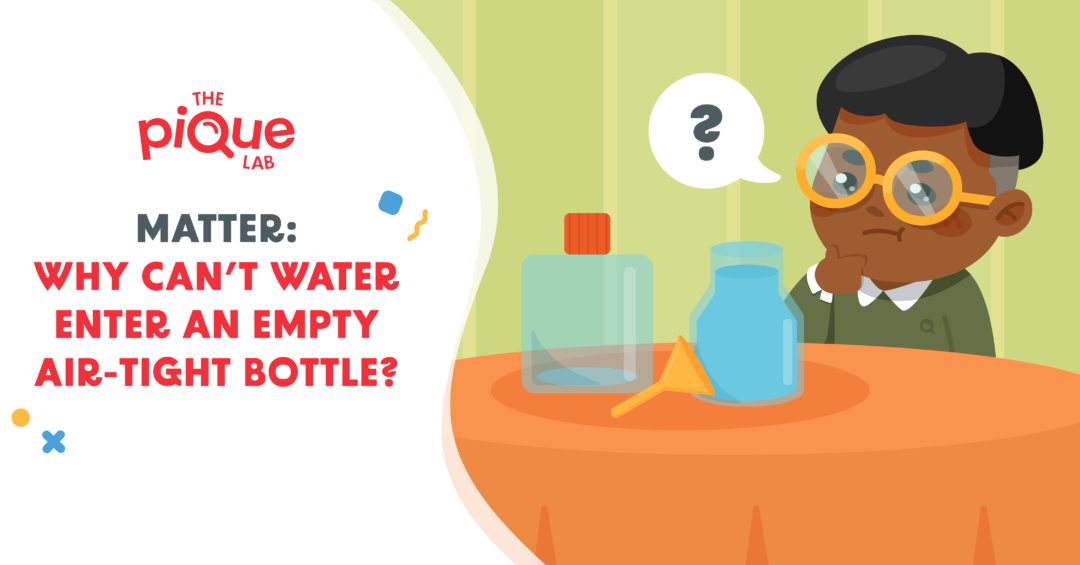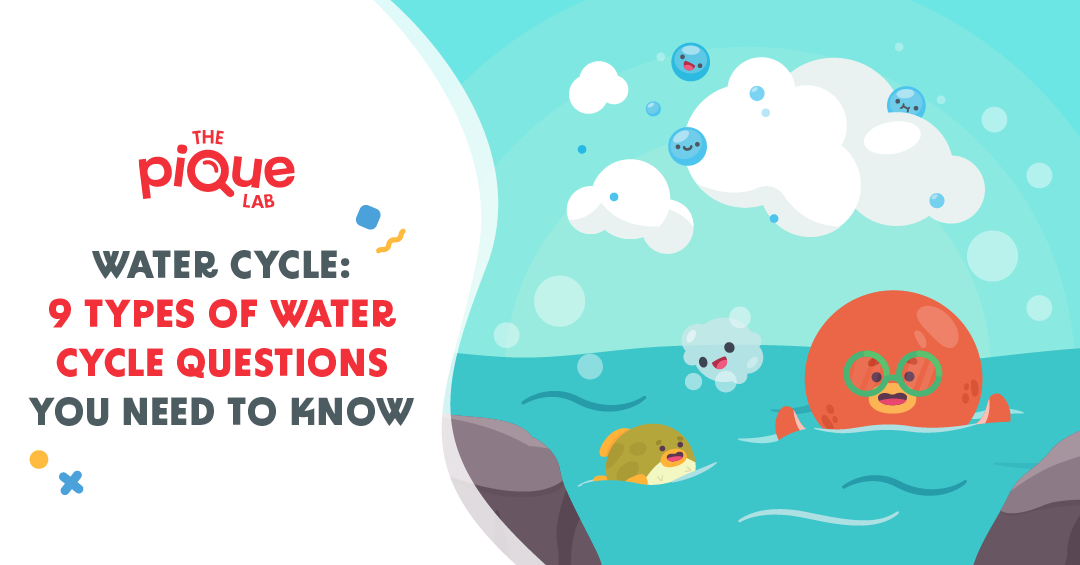Introduction
How do you approach Solutions & Suspensions examination questions asking you to compare the solubility of different solutions?
In this blog post, I will be sharing with you the following key points:
- How you can convert the different volumes of solvent to 1 ℓ
- How to find the corresponding amount of solute that can be dissolved in 1 ℓ to compare the solubility of the different solutions
Let’s analyse this question on the topic of Solutions & Suspensions from the 2018 Geylang Methodist School (Secondary) (GMSS) S1(E) SA2 Examination Paper.
Alternatively, you can watch our explainer video on this question here.
Read Also:
Let’s Take A Look At This Solutions & Suspensions Question

Source: Geylang Methodist School (Secondary) – 2018 S1E SA2 Examination Paper [Q5]
Let us begin by reading the question.
At 25°C, salt has a solubility of 360 g/ℓ in water.
🧪 What Does Solubility Mean? 🧪
It means that if you have 1 ℓ of water, a maximum of 360 g of salt can be dissolved at 25°C.
So, we are looking at which of the following options will produce a saturated salt solution without any excess salt when mixed.
In this case, you have the maximum amount of the salt that is dissolved in the solvent and you don’t want any extra salt to be left behind undissolved.
When you look at the options, you will see different volumes of water.
💡 Trick To Answer Solubility Questions 💡
The trick is to convert the different volumes of water to 1 ℓ and find the corresponding amount of salt that is dissolved in that 1 ℓ of water.
Let’s Analyse Option (1)

Source: Geylang Methodist School (Secondary) – 2018 S1E SA2 Examination Paper [Q5]
You have 180 g of salt dissolved in 2000 ml of water.
2000 ml is equivalent to 2 ℓ of water. If you were to convert that to 1 ℓ of water, you would have to divide both values by 2.
We will then get 90 g of salt dissolved in 1 litre of water.

Source: Geylang Methodist School (Secondary) – 2018 S1E SA2 Examination Paper [Q5]
Let’s Analyse Option (2)

Source: Geylang Methodist School (Secondary) – 2018 S1E SA2 Examination Paper [Q5]
For Option 2, we have 720 g of salt dissolved in 500 ml of water.
To convert this to 1 ℓ, you have to multiply both values by 2.
This would give you 1,440 g of salt dissolved in 1 litre of water.

Source: Geylang Methodist School (Secondary) – 2018 S1E SA2 Examination Paper [Q5]
Let’s Analyse Option (3)

Source: Geylang Methodist School (Secondary) – 2018 S1E SA2 Examination Paper [Q5]
Again, we have 500 ml of water, so let us multiply both values by 2.
It will give us 360 g of salt dissolved in 1 litre of water.

Source: Geylang Methodist School (Secondary) – 2018 S1E SA2 Examination Paper [Q5]
Let’s Analyse Option (4)

Source: Geylang Methodist School (Secondary) – 2018 S1E SA2 Examination Paper [Q5]
For option (4), we have 720 g of salt dissolved in 3000 ml of water, which is equivalent to 3 ℓ of water.
You have to divide both values by 3, so you will get 240 grams of salt dissolved in 1 litre of water.

Source: Geylang Methodist School (Secondary) – 2018 S1E SA2 Examination Paper [Q5]
Thought Process
Now that we have converted the volumes of water to 1 ℓ, it is easier for us to compare the mass of salt that can be dissolved in 1 ℓ of water.

Source: Geylang Methodist School (Secondary) – 2018 S1E SA2 Examination Paper [Q5]
For option (1), we have 90 g of salt dissolved in 1 ℓ of water. Will this give us a saturated salt solution at 25ºC?
No, because we need 360 g of salt in 1 ℓ of water. Option (1) is out.
What about option (2) — 1440 g of salt dissolved in 1 ℓ of water?
There will be an excess because only 360 g will be dissolved in 1 ℓ of water. All the extra salt will remain undissolved. Is this what the question wants? No! The question wants a saturated solution without any excess salt. This option is also out.
Next, let us check option (3). It shows the maximum amount of salt that can dissolve at 25°C. This is our answer!
However, let us still check option (4).
When we dissolve 240 g of salt in 1 ℓ of water, are we going to get a saturated salt solution? No, this amount is insufficient.

Source: Geylang Methodist School (Secondary) – 2018 S1E SA2 Examination Paper [Q5]
This confirms that our answer is Option (3).
Conclusion
To recap, when faced with Solutions & Suspensions questions like above, remember to convert the different volumes of water to 1 ℓ and find the corresponding amount of salt that is dissolved in that 1 ℓ of water first.
Doing this will make it easier for you to compare the mass of salt that can be dissolved in 1 ℓ of water.
Stay tuned for more Chemistry blog posts!

If you like our methodology, we’ve some upcoming workshops:








